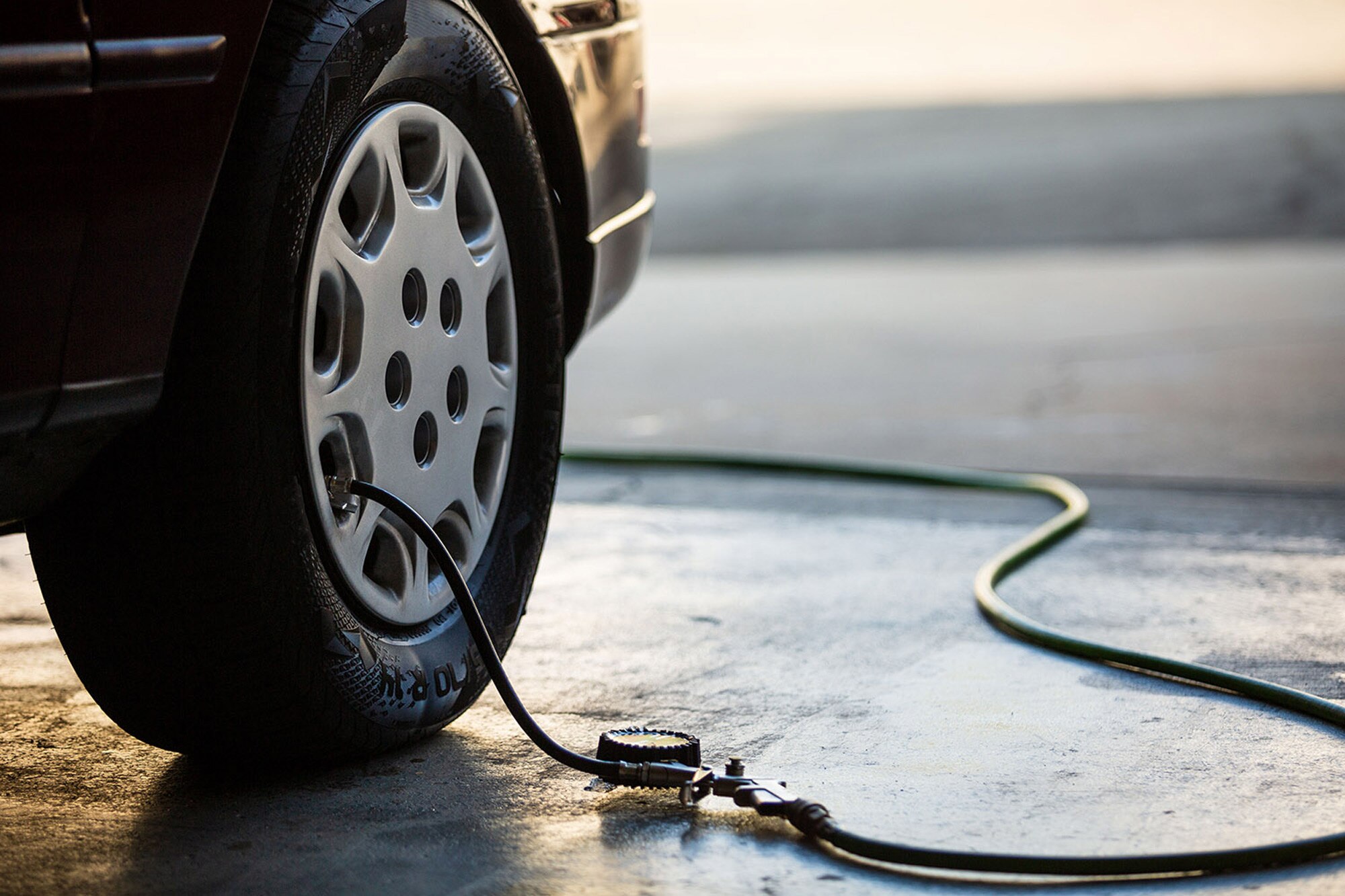Tire Fixing Myths Debunked: Separating Reality From Fiction
In the world of auto maintenance, tire repair work holds a considerable area, yet it is usually shrouded in misconceptions and misconceptions that can lead to complication for lorry owners (morris tire). From the false impressions surrounding patching versus plugging a punctured tire to the efficiency of different tire sealers, there are a number of crucial locations where quality is needed to make educated choices.
Common Tire Repair Misconceptions
Eliminating prevalent false impressions bordering tire fixing is vital for maintaining road safety and security and extending the long life of your vehicle's tires. One usual misconception is the belief that a punctured tire is irreparable and must be replaced totally. In truth, several punctures can be efficiently fixed by a professional, following industry standards. It is important to understand that not all slits are developed equivalent; while some might indeed require a tire substitute, the bulk can be safely fixed.
Another misconception is the idea that a do it yourself tire repair package is an enough option for all tire concerns. While these kits can be helpful for momentary fixes in emergency situations, they are not a permanent service and might not resolve the underlying trouble (discount tires morris il). Looking for the know-how of a qualified tire technician is always advised to make certain the safety and stability of the tire

Can You Fix a Punctured Tire?
Fixing a punctured tire is a common method in the automobile sector, often accomplished by professional specialists complying with particular guidelines and standards. However, not all leaks can be fixed. The place, size, and severity of the puncture are essential consider establishing if a tire is repairable. Leaks situated on the tread location of the tire are generally repairable as lengthy as they are within a specific dimension restriction and do not affect the tire's structural honesty.
It is essential to note that punctures near the sidewall or shoulder of the tire are usually not repairable because of safety concerns. Such areas go through considerable stress and flexing, making fixings click to find out more unstable and possibly unsafe. In addition, if the slit is too big, exceeding the recommended repairable size, or if the tire reveals indicators of inner damages, it is much safer to change the tire completely.
The Fact About Patching Vs. Connecting
When considering Full Article the repair of a punctured tire, understanding the differences in between patching and connecting is important for making educated choices pertaining to tire maintenance and security. Covering includes fixing the tire from the within, where a spot is related to cover the puncture. This technique is thought about even more dependable and lasting as it resolves the damages internally, reducing the risk of air leak and more tire damages. On the other hand, plugging is a quick repair that involves inserting a rubber plug right into the punctured location from the outside. While connecting is practical and can be done without eliminating the tire from the edge, it is normally considered a temporary option and may not provide the exact same level of toughness as a patch.
Myth: All Tire Sealers Are Efficient

When selecting a tire sealer, consider variables such as the dimension of leaks it can effectively repair, compatibility with tire stress tracking systems (TPMS), and whether it is safe for the tire material. Keep in mind, while tire sealants can be useful in Our site emergencies, they are not a substitute for proper tire care and maintenance.
Best Practices for Handling Flat Tires
In light of the differing efficiency of tire sealers, comprehending ideal practices for taking care of level tires is vital for maintaining roadway safety and security and car efficiency. Loosen the lug nuts, increase the lorry with the jack, eliminate the lug nuts and level tire, and replace it with the extra tire. Stow away the level tire, devices, and devices, and remember to inspect the spare tire's pressure regularly.
Conclusion
In final thought, it is very important to separate fact from fiction when it concerns tire repair myths. Comprehending the fact concerning patching vs. connecting, the performance of tire sealants, and ideal practices for handling flat tires can aid make certain the security and durability of your tires. By unmasking typical misunderstandings and following correct repair standards, you can make educated decisions when it concerns preserving the health and wellness of your car's tires.